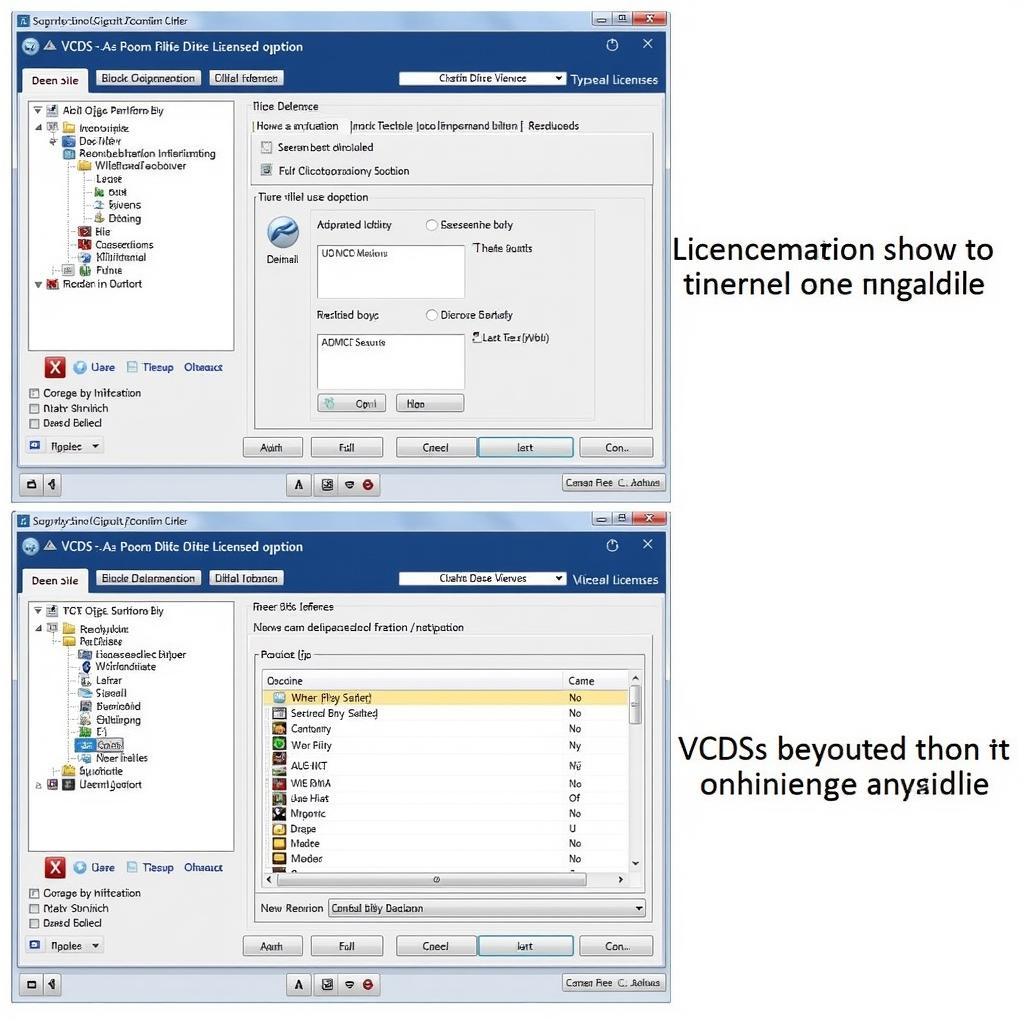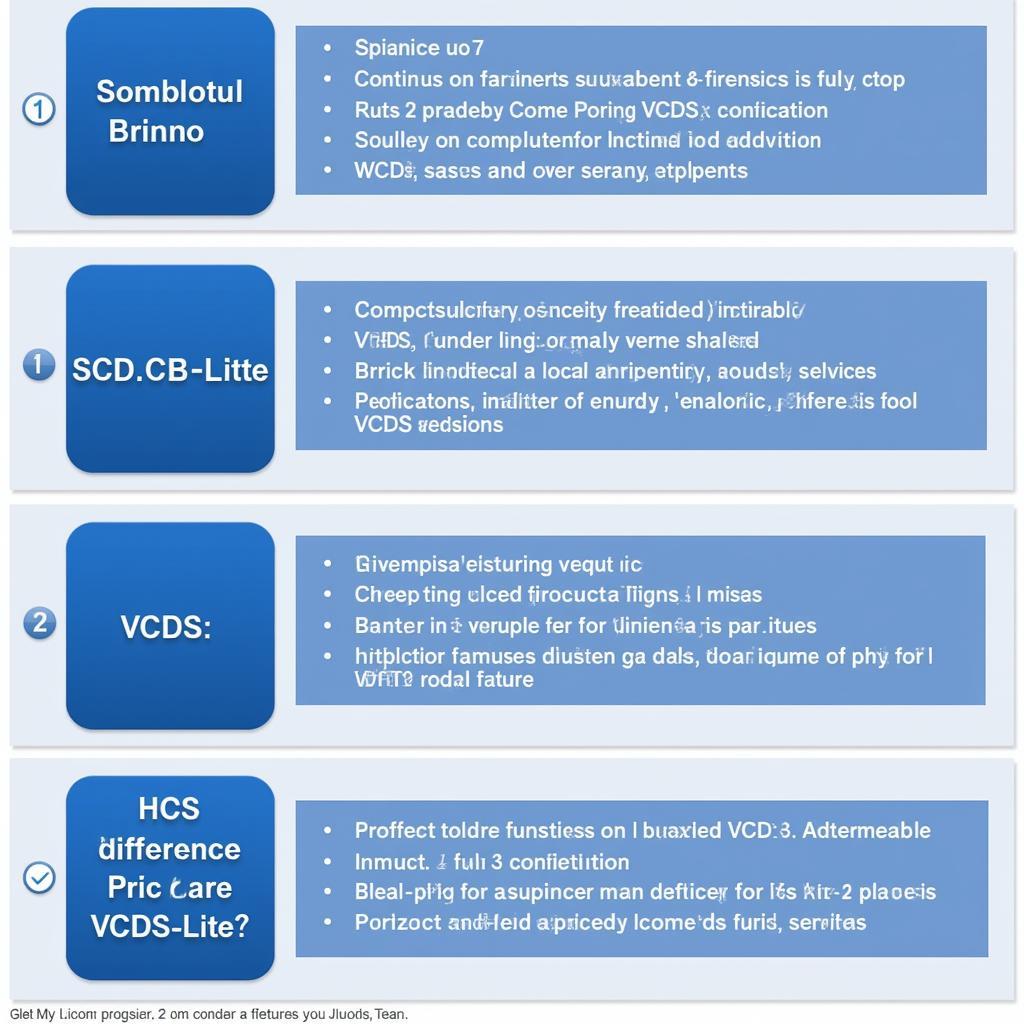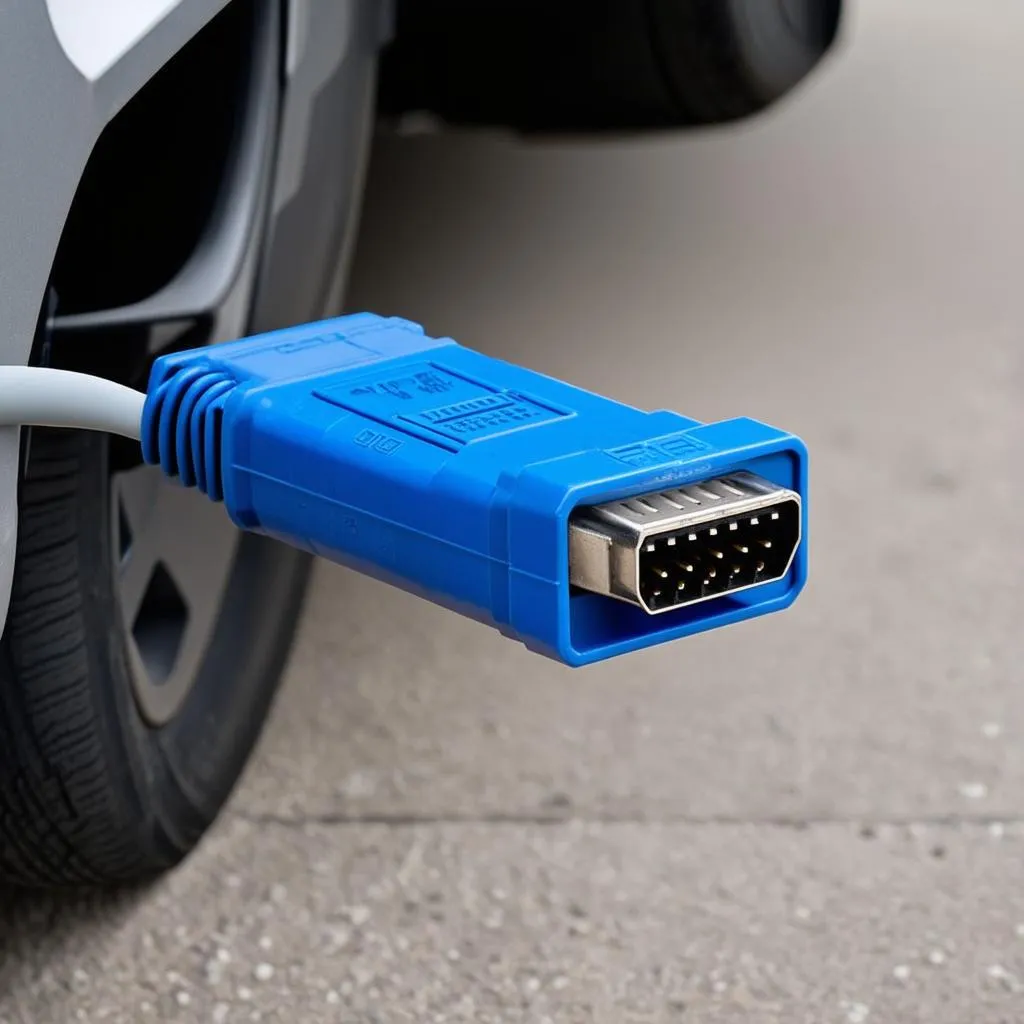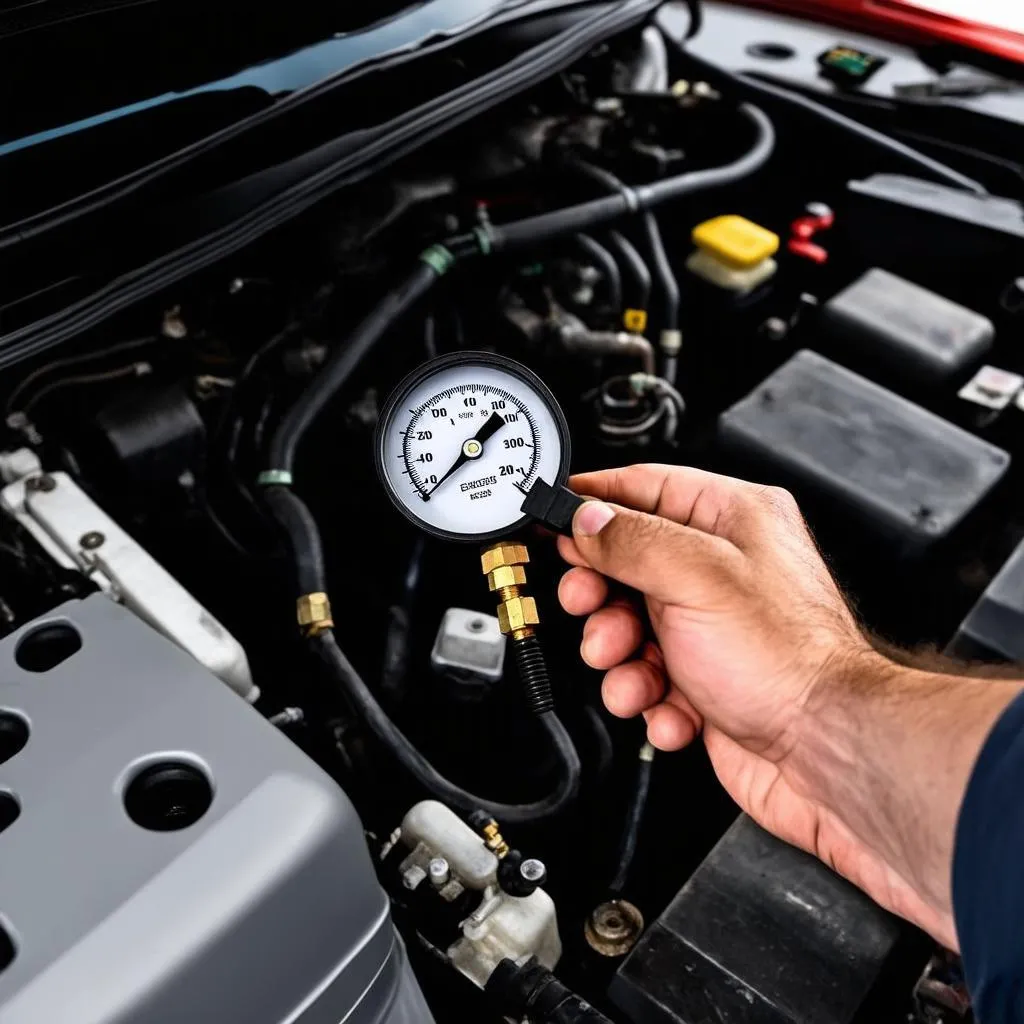Is VCDS free for throttle body adaptation? This is a common question among car owners and mechanics alike. Understanding the costs and capabilities associated with VCDS is crucial for anyone looking to perform diagnostics and adaptations on their Volkswagen, Audi, Seat, or Skoda vehicle, especially when it comes to components like the throttle body.
While there are free versions of VCDS available, their functionality for throttle body adaptations is often limited. Let’s delve deeper into the different VCDS options and their capabilities. What is VCDS provides a general overview of the software and its uses.
Understanding VCDS Licensing
VCDS software comes in various versions, each with different licensing and functionality. The free version, VCDS-Lite, offers basic diagnostic capabilities but often lacks the advanced features required for adaptations like throttle body reset. For complete access to all functions, including throttle body adaptation and other advanced procedures, a licensed, paid version of VCDS is necessary. Understanding the difference between these versions is key to making informed decisions about your diagnostic and repair needs. You can discover more about the simplified version at VCDS Lite.
VCDS-Lite: Free but Limited
VCDS-Lite is a great starting point for reading and clearing basic diagnostic trouble codes (DTCs). However, it’s important to know its limitations. While it can access some modules and provide valuable information, it often lacks the capability to perform adaptations such as throttle body alignment. Think of it like having a basic wrench set – you can tighten and loosen some bolts, but you’ll need specialized tools for more complex tasks.
Licensed VCDS: Full Functionality
Investing in a licensed version of VCDS unlocks the full potential of the software. This version provides access to all control modules, allowing for advanced diagnostics, adaptations, and coding. With a licensed version, you can perform throttle body adaptations, change coding parameters, and access a wide range of other functionalities that are not available in the free version. It’s like having a comprehensive mechanic’s tool kit – you’re equipped to handle a wide array of tasks with precision and efficiency. Check out cool things to do with VCDS to learn about its extensive capabilities.
 VCDS Lite vs. Licensed Version Comparison
VCDS Lite vs. Licensed Version Comparison
Why Throttle Body Adaptation Requires Licensed VCDS
Throttle body adaptation is a critical procedure that requires precise control over the electronic control unit (ECU). The free version of VCDS often lacks the necessary communication protocols to execute this procedure effectively. Licensed VCDS provides the full communication suite required to interface with the ECU and perform the adaptation correctly.
The Importance of Proper Adaptation
A properly adapted throttle body ensures optimal engine performance, fuel efficiency, and smooth idle. Without proper adaptation, the engine may experience rough idling, hesitation, or poor throttle response. Think of it like tuning a musical instrument – proper tuning results in harmonious sound, while improper tuning leads to dissonance. Explore what can I do with VCDS to understand the breadth of its functionalities beyond just throttle body adaptation.
Making the Right Choice for Your Needs
Choosing the right VCDS version depends on your specific requirements. If you only need to read and clear basic DTCs, VCDS-Lite might suffice. However, if you plan on performing advanced procedures like throttle body adaptation, investing in a licensed version is essential.
“Investing in a licensed version of VCDS is like having a specialized mechanic in your pocket,” says Alex Thompson, Senior Automotive Diagnostic Technician. “It empowers you to perform complex tasks with confidence and accuracy.”
 Choosing the Right VCDS Version
Choosing the Right VCDS Version
Conclusion
While a free version of VCDS exists, it typically does not offer the functionality needed for throttle body adaptation. For this and other advanced procedures, a licensed version of VCDS is a necessary investment. Choosing the right tool for the job is crucial for ensuring accurate diagnostics and effective repairs. Understanding the differences between VCDS versions and their capabilities will help you make the right choice for your automotive needs. For further guidance on using the simplified version, check out how to use Ross Tech VCDS Lite.
FAQ
- Can I use a cracked version of VCDS for throttle body adaptation? Using cracked software is illegal and can potentially damage your vehicle’s ECU.
- Is there a trial version of the full VCDS software? Contact Ross-Tech directly to inquire about trial versions or licensing options.
- How often should I perform throttle body adaptation? Consult your vehicle’s service manual for recommended intervals or perform it after cleaning the throttle body.
- Can I damage my car by performing throttle body adaptation incorrectly? Incorrect procedures can potentially lead to issues. Always follow instructions carefully.
- What other adaptations can I perform with the licensed version of VCDS? Numerous adaptations are possible, from key coding to transmission adaptations.
- What are the system requirements for running VCDS? Visit the Ross-Tech website for detailed system requirements.
- Where can I purchase a legitimate licensed version of VCDS? Purchase directly from Ross-Tech or authorized distributors.
Need help with your car diagnostics? Contact us via Whatsapp: +1 (641) 206-8880, Email: CARDIAGTECH[email protected] or visit us at 276 Reock St, City of Orange, NJ 07050, United States. Our 24/7 customer service team is ready to assist you.


